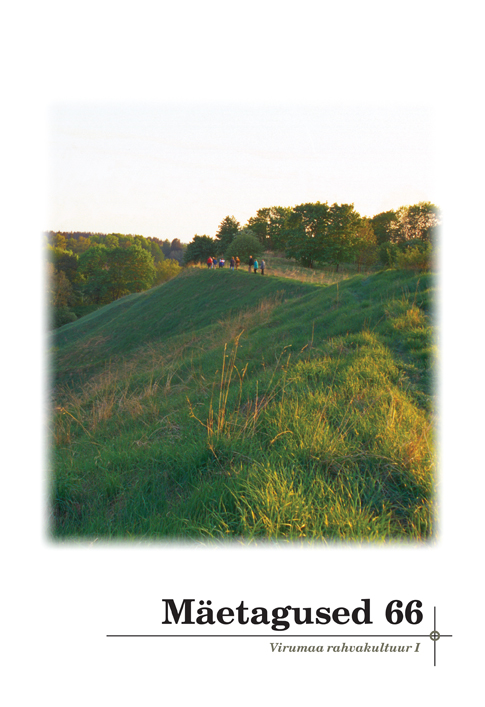Virumaa hiied
Hiis sites in Virumaa
Author(s): Ahto KaasikSubject(s): Customs / Folklore, Cultural Anthropology / Ethnology, Culture and social structure
Published by: Eesti Kirjandusmuuseum
Keywords: hiis; natural holy place; Virumaa;
Summary/Abstract: Hiis is Estonians’ natural holy place, where, with the help of rituals and sacrifices, people tried to curry favour with their gods. Similar holy places can be found at Estonians’ nearer and more distant kindred peoples. Hiis sites form a separate group among historic natural holy places. As a rule, hiis is a historic holy place of a village or a bigger community. According to folklore materials, each Estonian village used to have its own hiis site. Some of them, however, were used by the whole parish. Historical records testify to the existence of approximately 600 hiis sites in Estonia, and about a fifth of them were in Virumaa. The territory of the hiis site can be from less than a hectare up to a hundred hectares, and different spiritual centres can be encountered on this territory: individual holy boulders, trees, springs, barrows, dancing grounds, etc. A well-kept hiis is a primeval forest, enriching the landscape and providing shelter to many species of the living nature. Hiis sites are ancient nature reserves of our nation, which should be used only to keep historical traditions alive. Unfortunately, these kinds of hiis sites have become rare. In the past decades and centuries, most of the hiis sites were damaged or even destroyed. Even today, economic activity exerts a harmful impact on the majority of hiis sites. The article presents a list of Virumaa hiis sites, with only historical names included, and sites resembling hiis but never called such have been excluded.
Journal: Mäetagused. Hüperajakiri
- Issue Year: 2017
- Issue No: 66
- Page Range: 99-114
- Page Count: 16
- Language: Estonian

